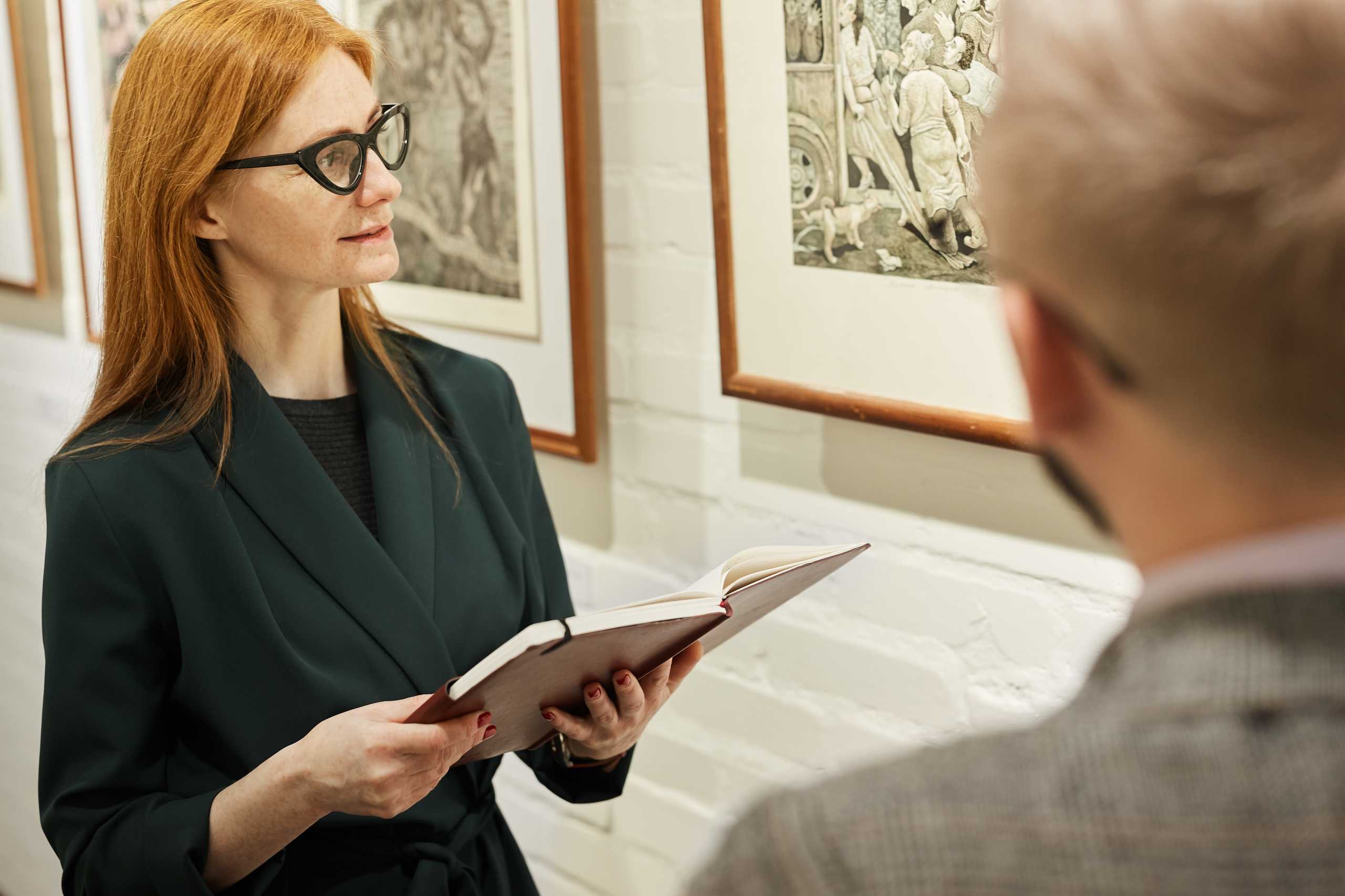The Language of Symbols: Hidden Meanings in Masterpieces
What if a fruit bowl wasn’t just a fruit bowl?
What if a flower in a portrait whispered a secret about the sitter’s fate?
Artists throughout history have used symbols to encode meaning into their works. Once you learn to read them, paintings become rich with subtext, emotion, and intent — more like puzzles than pictures.
Let’s open the curtain on the silent language of art.
1. Why Symbols Matter
In times when censorship ruled, symbolism was often the only way to speak freely.
Religious, political, even romantic messages were hidden in plain sight — in the choice of an object, a gesture, a color.
Take 17th-century Dutch still lifes:
At first glance, they’re just arrangements of fruit, flowers, and fine glass.
But look deeper — you’ll find warnings about mortality, pride, temptation.
A lemon, half-peeled, speaks of beauty fading.
A fallen petal? The inevitability of death.
A skull reflected in silver? The quiet echo of “memento mori.”
2. Animals That Whisper
Animals have always held symbolic power in Western and Eastern art traditions.
- A dog might represent loyalty… or lust, depending on the scene.
- A peacock, sacred in some cultures, might stand for immortality — or vanity.
- A black cat in a Renaissance painting? Not always a welcome guest.
These aren’t decorations.
They’re choices — deliberate, layered, loaded with cultural nuance.
3. Saints, Sins, and Secret Codes
Christian art is rich with hidden messages.
Many saints can be recognized not by their faces, but by the objects they hold:
- Catherine with her wheel
- Peter with his keys
- Lucy with her eyes on a plate (yes, really)
And then there are gestures: a finger raised, a hand on the heart, eyes looking skyward. Every detail is there for a reason.
Even the number of objects in a painting might carry symbolic weight — three apples for the Trinity, seven stars for divine perfection.
4. Symbolism Isn’t Dead
Modern and contemporary art also plays with symbolism, but it often does so with a twist.
Frida Kahlo’s self-portraits are full of personal mythology — monkeys, thorns, heart imagery.
Surrealists like Magritte and Dalí explode meaning by juxtaposing the ordinary with the strange.
And street art? It uses symbols every day — from visual protest to pop culture remix.
Final Thought
Learning the symbolic language of art is like unlocking a secret code.
It transforms how you see not only paintings — but the entire world of visual culture.
Because meaning is everywhere, if you know where to look.

